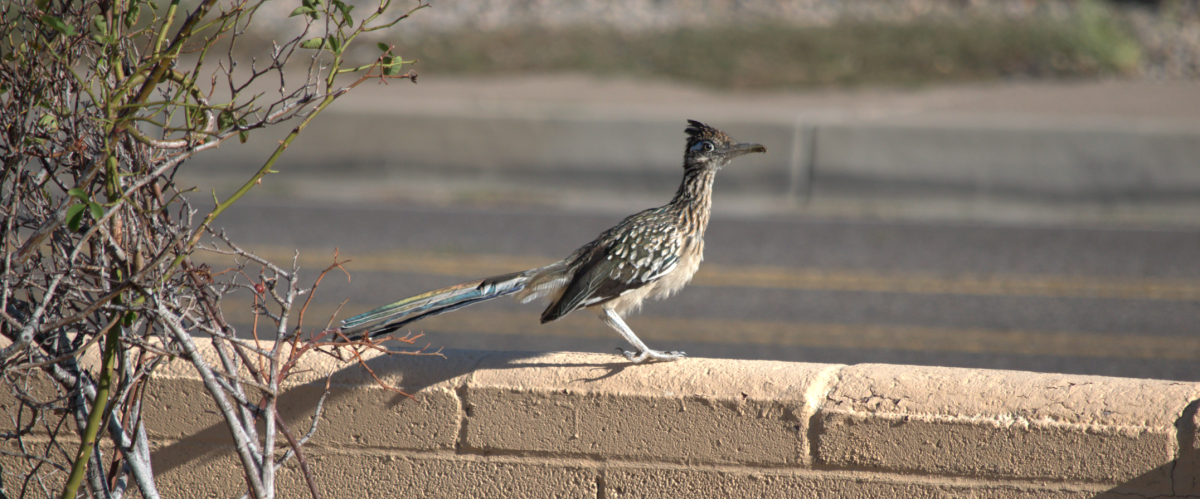Scientists refer to this species of butter fly as Vanessa Cardui. The painted lady butterfly is related to the Nymphalids. The size of the painted lady butterfly is of medium size. The wing span of both male and female painted lady butterflies ranges from about 50-60 millimeters.
In North America carpenter bees are specified into two categories depending on size. However, carpenter bees belong to the Xyclocopinae family. Scientists refer to large bees in that family as Xylocopa and small bees as Ceratina. In north America, Xylocopa consists of seven species and the Ceratina consists of 21 species. These bees obtain their name from their nesting habits. The large carpenter bees chew and burrow themselves into large wooden surfaces like a tree stump, logs, or dead branches. The small carpenter bees dwell and excavate passages into the stems of a variety of different bushes.
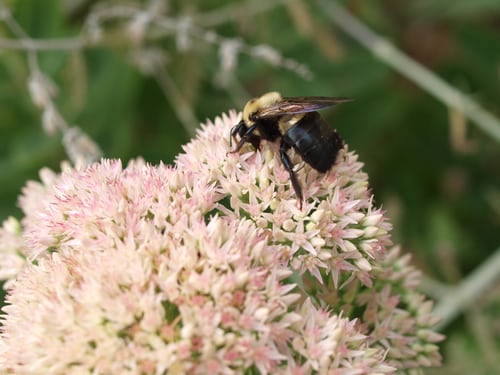
Carpenter bees are associated with structural integrity like a carpenter because they are notoriously known for embedding and excavating into human dwellings. In regards to human interaction, female bees hardly sting. In the case of male carpenter bees, they are known to be more aggressive and become hostile on humans or any kind of organisms that venture towards their hives.
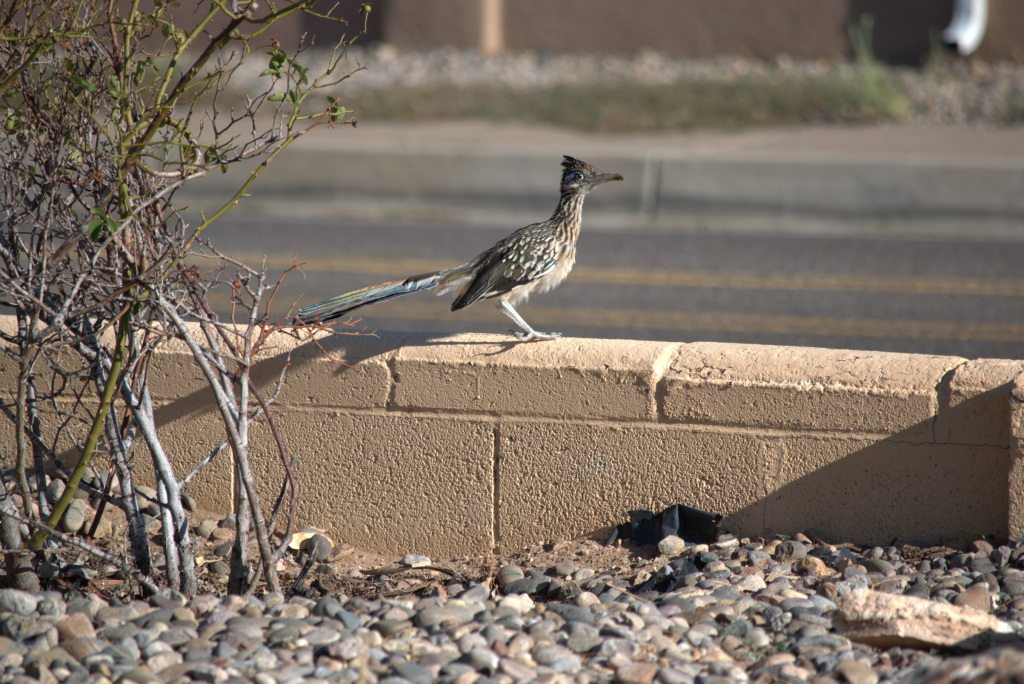
This bird is large slender and measures 18 to 24 inches from beak to tail and weighs 8 to 24 ounces. They have a dark white and brown streaked anatomy with a spiky head that possesses a large beak and colorful patch of skin behind their yellow eyes. This patch is blue and fades to red by the back of their head. Their tail is broad and long with white tips on three outer feathers. Their legs are long and contain strong Zygodactyl feet which indicates two toes in the front and the back.
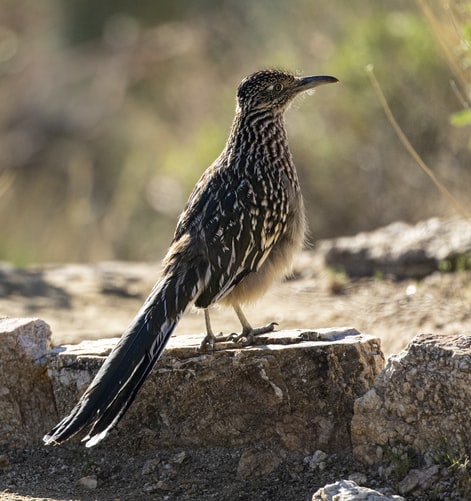
Roadrunners are known to be monogomous being that the male and female mate for life. They breed in accordance to the availability of food and a desirable climate temperature. Both the male and the female work as a team to build a nest to prepare for the arrival of eggs. The male gathers various materials made of virtually anything such as: shrubs, leaves, sticks, and even snakeskin. They tend to build a nest upon a cactus or a small tree in which the female lays anywhere from 3 to 10 eggs, however the female’s body temperature lowers at night where the male steps in and is in control of incubating the eggs. After 20 days the eggs hatch and both parents tend to them. These new roadrunners are able to leave the nest within 18 days, but are cared for by the parents for 30 to 40 days. In regards to time, the lifespan of a roadrunner is approximately 40 years.
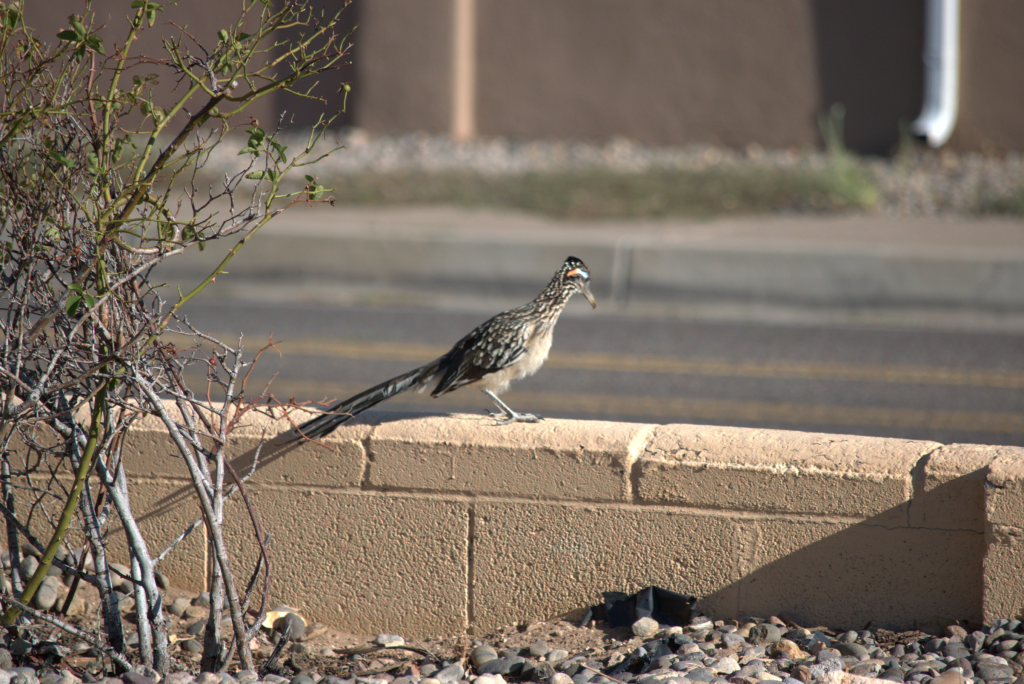
The painted lady butterfly migrates over long distances. In Europe, they are visibly known to cause the most spectacular migrations. From the Saharan terrain in North Africa, the Euphrates in the middle east, the central and middle sectors of Asia, they traverse northward each year to recolonize mainland Europe.
When painted lady butterflies are larvae or caterpillars they feed on a wide variety of plant species that are their primary food source. They are known to nourish themselves with: thistles, nettle, mallows, viper’s bugloss, and other various cultivated vegetation.
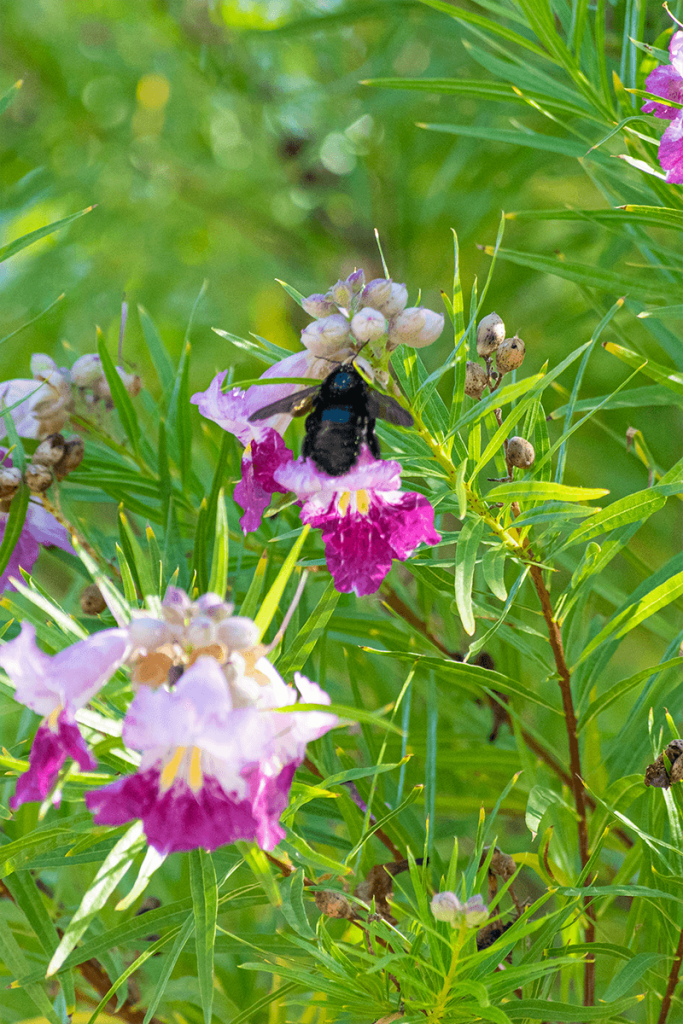
The Xylocopa generally resembles the bumble bee in physical features, such as color in regards to being: black, greenish black, metallic blue, or purplish blue. Some males have yellowish facial features. Additionally, some males and females have pale and yellowish lower anatomy like the thorax, legs, or abdomen.

The roadrunner is located in the southwestern region of North America and does not migrate. In turn, New Mexico has the roadrunner as the state bird. This bird is also referred to as the Chaparral Bird. Roadrunners are apart of the Cuckoo family of birds and their scientific name is Geococcyx Californius.
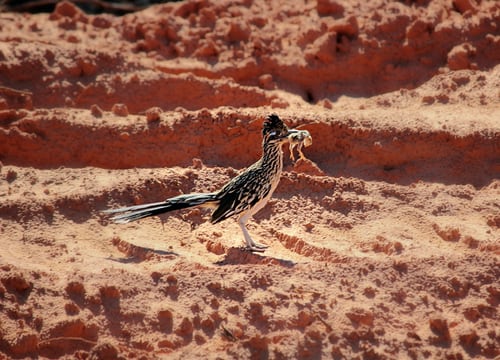
Roadrunners are capable of flight, but they spend the majority of time on the ground. Roadrunners can reach speeds of up to 20 miles per hour and prefer sprinting over running because they can only go airborne for only a few seconds at a time due to their short wings. They tend to only fly to evade danger or when traveling down steep terrain. They use their physical abilities to leap into the air to prey on different insects, other birds, and are quick enough to hunt rattlesnakes. Furthermore, roadrunners are omnivores and their diet consists of: small mammals, insects, reptiles, eggs, nestlings, seeds, and fruits. They also are capable of consuming venomous species like: spiders, scorpions, and rattlesnakes.
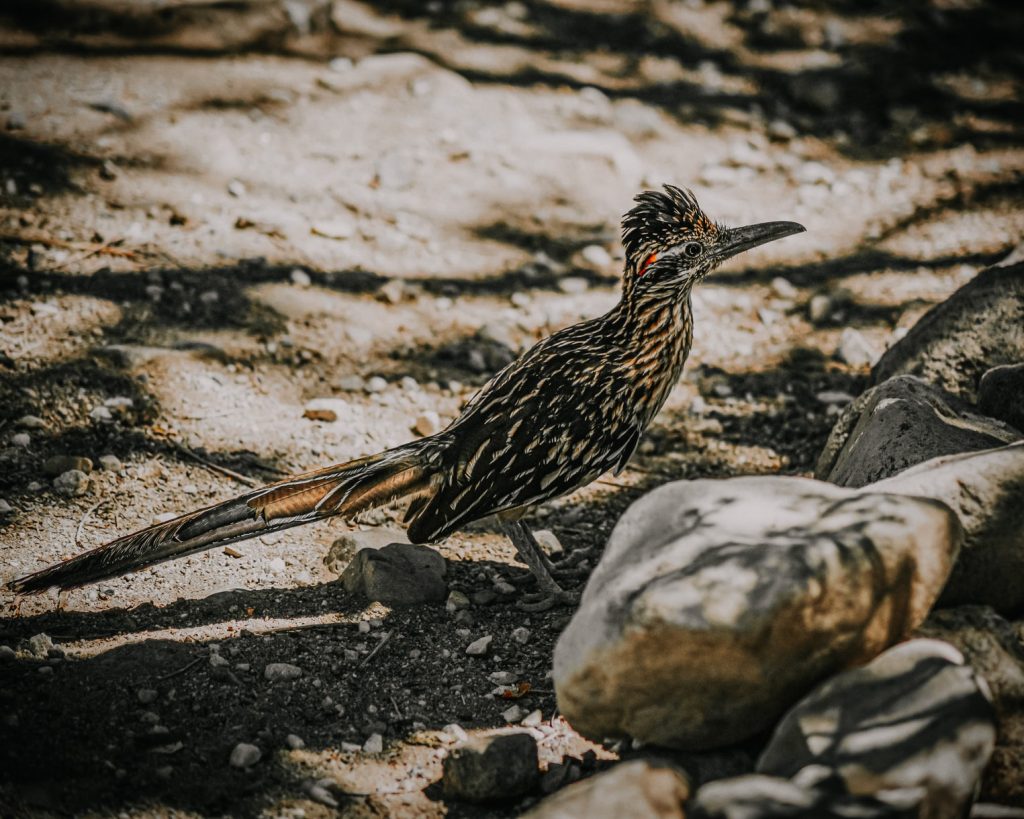
When trying to spot a road runner pay attention to their “coo” noises which can resemble doves but also they possess a rapid clattering noise they perform with their large beaks. However, these two noises are not the only vocal sounds, roadrunners make roughly seven distinct calls. Road runners can be difficult to spot because they are masters in blending into their surrounding environment. When spotting roadrunners be wary of their speed and keep a keen eye out when searching for them. Roadrunners are also very skittish and can ideally be seen from a distance or by quite maneuvering. A noticeable location where they can be seen is when they are perching high in trees in order to sunbathe.

